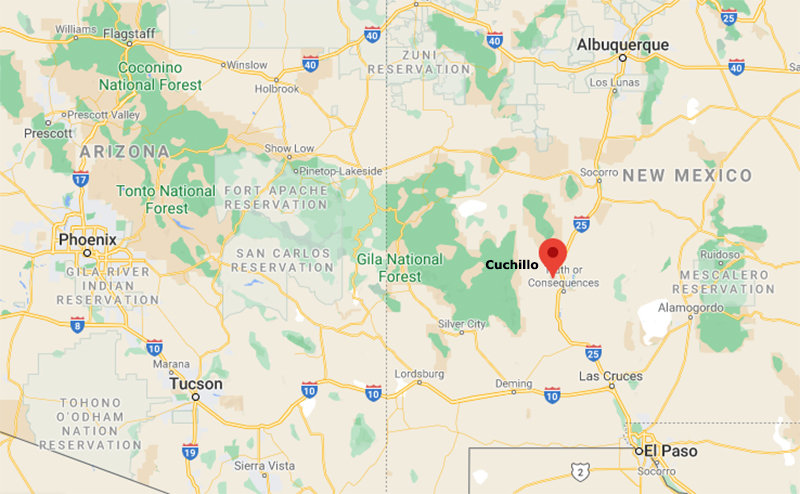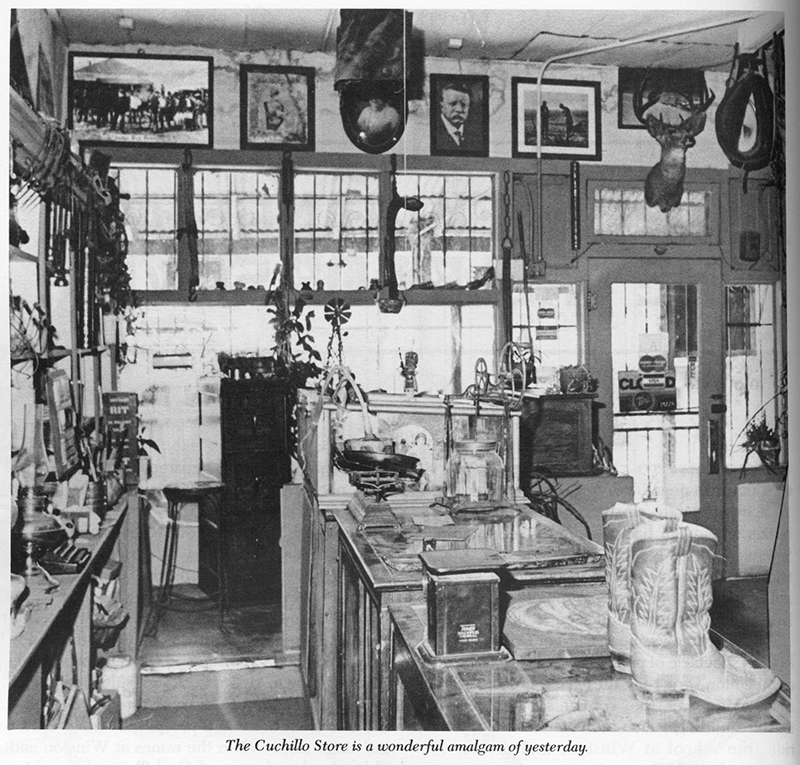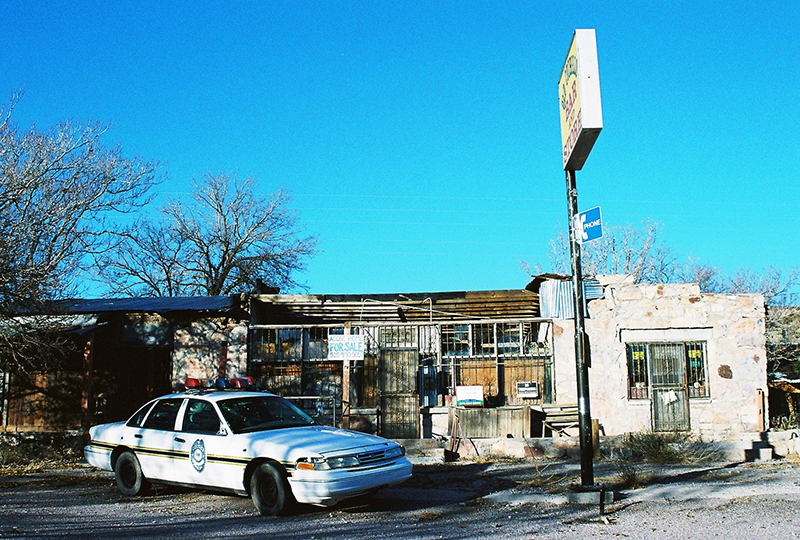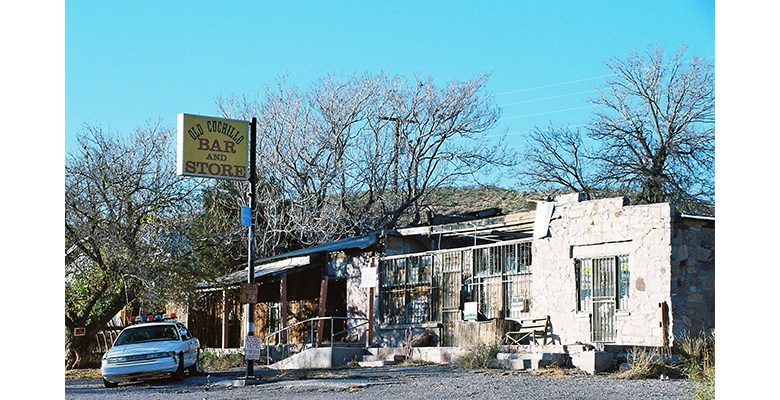
By the Wayside: Cuchillo, New Mexico
Not far from Truth or Consequences, a (longish) stone’s throw from I-25, is Cuchillo, not exactly a ghost town, but not the farming and ranching center it once used to be either. It’s now perhaps more of a wayside, a last stop before pushing on toward Winston (especially if you’re a hunter) and Chloride (especially if you’re into history or are the ghost of a miner).

Cuchillo got its name from Cuchillo Negro (Black Knife) Creek, which runs along the town to the south and once provided water to more than 100 farms during Cuchillo’s glory days, back between 1880 and 1920, when the population pushed 2,000. The creek was named for a Warm Springs Apache Chief, Cuchillo Negro (aka Baishan), from the Black Range who was raiding partners with Mangas Coloradas. Of course, Geronimo also frequented the area and, given the animosity between settlers and Apaches at that time, it’s perhaps no surprise that a creek so-named would continually threaten Cuchillo, destroying entire sections of the town, leveling the St. Joseph’s church twice, and occasionally flooding the current church, which was built in 1907 and is still used for mass.
Being about halfway between the mines of Chloride and Winston and the railroad station, now gone, at Engle, Cuchillo did pretty good for a time. Nearly everyone going into or out of the mines passed through and Cuchillo become a stage stop for the Armstrong Brothers line and a fairly bustling center of commerce. But eventually the mines closed, as they usually do, and floods in the 1920s followed by economic depression mostly killed the town.

One place that remained a gathering spot into the recent past was the Old Cuchillo Bar & Store, sections of which were built in the 1850s, if not earlier. The complex also housed an inn and post office. That’s the old bar and store pictured at the top of this post. A large section of the store was badly burned in 2000 in an electrical fire and in 2004 the adjacent saloon finally closed. When I visited it appeared a bit bedraggled and was apparently for sale. I am not sure of the current status, but it may be undergoing some restoration. Above is a photo from “New Mexico’s Best Ghost Towns” and I don’t know if all the artifacts in the picture burned too, but it’s a real shame if they did. The shot is of the store but the shuttered saloon still contains lots of cool stuff, and both the bar and store are haunted, naturally. The saloon looks very cool. The owner once gave tours by appointment, but I screwed up on scheduling and then bad cell reception finally killed my last opportunity. Sorry, Josh!

Otherwise, an old dance hall that was immediately to the west of the church has disappeared and I’m not certain about the fate of the two-story adobe barn that was behind the Cuchillo Bar & Store. It housed the mules and horses that hauled freight between towns and might still be standing for all I know. There are a few homes scattered here and there (the population is now about 35) and a new restaurant/café opened, but I can’t comment on its present status either. But it’s worth taking a look when next you’re passing through, whenever that might be.
Information for this post came from a May 2011 article True West Magazine and the usual (i.e., Philip Varney’s “New Mexico’s Best Ghost Towns: A Practical Guide.”)
City of Dust contributor John Mulhouse’s new book, “Abandoned New Mexico: Ghost Towns, Endangered Architecture, and Hidden History,” published by Fonthill Media, is now available at: https://cityofdust.bigcartel.com/.


Would love to go there